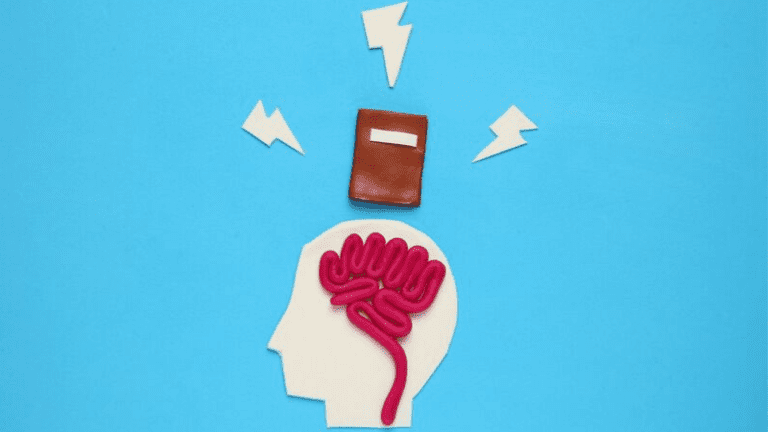Reading Strategies That Work, According To Science
Tuesday, September 17, 2019

Brain research is just plain fascinating. For teachers of reading, brain imaging studies (fMRI) provide windows into what’s actually going on in your students’ heads. There’s the middle schooler who is completely engrossed in a novel. And, there’s the young child with dyslexia who makes gains after intensive intervention. There’s so much brain research out there—and you have no time—so we’ve done the work for you. Here are brain-based reading strategies you can use right now:
1. Ask your students how they feel
Achieving the optimal state of mind for student learning might take more than just having your class shake their sillies out. Dan Siegel, interpersonal neurology guru, explains how caring relationships and reflection on emotions actually fuel brain growth. Spending a few of your precious instructional minutes at the start of a small group asking, “How’s your day going?” or “How are you feeling about reading today?” can provide a brain boost.
He explains how the parts of the brain responsible for basic survival and emotions, can override everything when a human is afraid. Reading can be scary for students, especially struggling readers. Students who experience fear around reading benefit from reassurance. This reassurance is powerful enough to knock their reading power fear level down. Take a minute to reset in anxious situations. Ask students to “turn on the front of their brains” could help them “unfreeze” learning.
2. Find the reading material that makes your students light up
Pun intended here. Brain-imaging studies show that reading emotionally laden material triggers brain activity. Different emotions activate different brain regions. Try a reading interest inventory to get students’ opinions on how they want books to make them feel. Provide a list of photos of anything from sad puppies to cliff-side mountain biking and ask students to rank them by interest. Talk about the emotions each photo evokes and direct them towards texts that match their preferences.
3. Make new learning stick
You’ve likely heard the brain’s memory storage described as a filing cabinet or computer. Step away from your desk; a newer analogy is a spider web. Brains literally build physical structures to add new information to their existing networks. Up the chances of literacy learning earning a permanent spot in your students’ mental webs with frequent revisiting of concepts and multiple modes of input. Brain research agrees that students are more likely to learn a vocabulary word when they see a picture cue, act it out, discuss it with a peer and hear it used in multiple contexts over the course of a week.
This study’s focus was the neural connection-building powers of invented spelling, but it has an important takeaway for teachers of all ages: the analytical, “break it down and build it back up” processes (like mapping sounds to letters) more effectively stimulate lasting brain connections than rote memorization. One area in particular of reading that often still relies on memorization is high frequency word learning. Researchers now suggest teaching students to attack even irregular words by analyzing their sounds left to right.
You already have a wealth of knowledge and instincts about how to move your readers forward. Adding brain-based strategies to your repertoire can help make your teaching as strong and flexible as spider’s silk.
Source: We Are Teachers